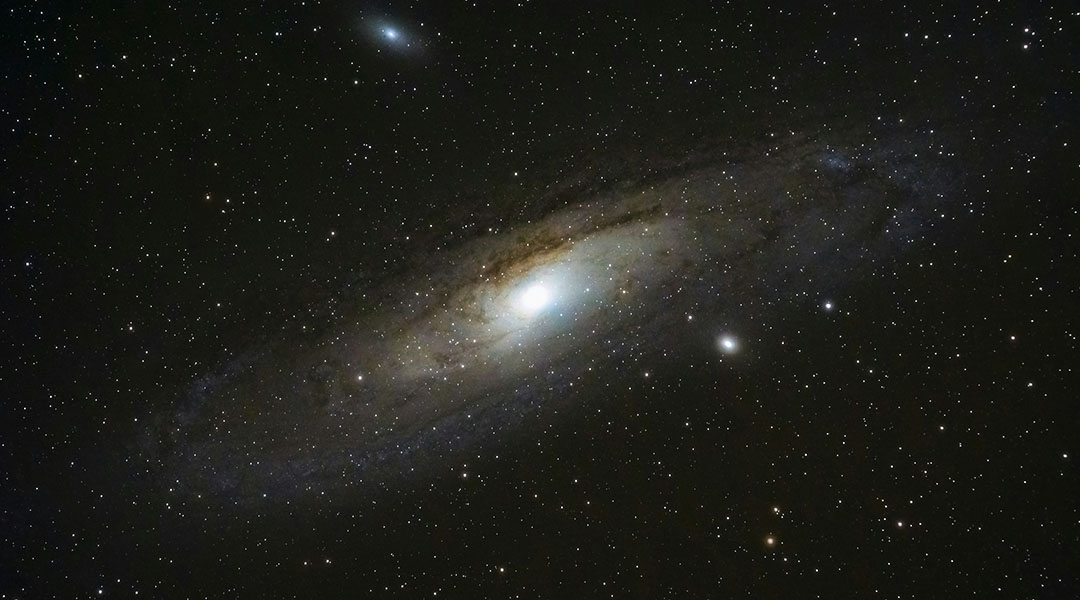Astronomers have unveiled a new theory that sheds light on how some of the universe’s most enigmatic and powerful objects called magnetars come to be. These stellar behemoths are known for their magnetic fields that are thousands of times more intense than those of typical neutron stars.
“The immense power output of magnetars makes them some of the most fascinating and extreme objects in the universe,” said Kritti Sharma, a doctoral student at Coltech and lead author of the study, in a press release. “Very little is known about what causes the formation of magnetars upon the death of massive stars. Our work helps to answer this question.”
The breakthrough came when scientists examined fast radio bursts, which are millisecond-long but powerful pulses of radio waves, often linked to magnetar activity. This new understanding could redefine our knowledge of these cosmic giants and their place in the stellar life cycle.
Linking radio bursts and magnetars
In 2020, a magnetar in our galaxy, SGR 1935+2154, made waves in the scientific community when it was observed producing a fast radio burst. This rare event strengthened the idea that these bursts and magnetars may be closely linked.
Theories suggest various mechanisms for generating these bursts, one of the most compelling being starquakes — abrupt shifts in the magnetar’s crust that release enormous energy in the form of fast radio bursts. However, despite these advancements, much about the nature of magnetars and the origins of their extreme magnetic fields remained unknown.
In a recent study, Sharma and a team of astronomers tackled this problem by closely analyzing data from the Deep Synoptic Array (DSA-110), a radio telescope located at the Owens Valley Radio Observatory in California, that observed 30 fast radio bursts, providing detailed insights into their origins and characteristics.
“DSA-110 has more than doubled the number of [fast radio bursts] with known host galaxies,” says Vikram Ravi, an assistant professor of astronomy at Caltech and one of the authors of the study. “This is what we built the array to do.”
The DSA-110, an array of 110 radio dishes each 4.65 meters wide, scans the sky continuously at a frequency of around 1,500 MHz. Analyzing the galaxies producing fast radio bursts, the team identified a notable trend: nearly all of these galaxies were large.
This finding suggests that magnetars, known to be sources of fast radio bursts, tend to form in massive galaxies, unlike typical neutron stars, which can also emerge in smaller galaxies. This observation provides researchers with a clearer understanding of the environments that foster magnetars.
Metallic stars
Large galaxies generally form by undergoing multiple cycles of star formation, where hydrogen and helium fuse to form heavier elements (referred to as metals in astrophysics).
As more heavy elements accumulate, the stars within these galaxies become more “metallic.” High-metallicity stars absorb more light, which alters their structure and impacts how material is transferred between stars in binary systems.
This transfer of material can alter the orbital path of the stars, sometimes leading them to merge. When such a merger occurs, the resulting star develops a magnetic field far more intense than that of the original stars combined. This occurs as a result of the dynamo effect, a process that involves the conversion of rotational energy from turbulent material in the merging stars into a powerful magnetic field.
“A star with more metal content puffs up, drives mass transfer, culminating in a merger, thus forming an even more massive star with a total magnetic field greater than what the individual star would have had,” Sharma said.
This theory aligns with observations, indicating that fast radio bursts predominantly originate in high-metallicity, massive galaxies, supporting the idea that these magnetars may form from massive star mergers.
Further studies, however, are necessary to confirm this explanation. The DSA-110 observations establish a promising connection, but a more advanced array, the DSA-2000, is currently under construction to provide even more precise data. With 2,000 individual 5-meter dishes, the DSA-2000 will aim to map fast radio bursts sources with higher accuracy, potentially resolving outstanding questions about the origin of magnetars.
“This result is a milestone for the whole DSA team. A lot of the authors on this paper helped build the DSA-110,” Ravi concluded. “And the fact that the DSA-110 is so good at localizing [fast radio bursts] bodes well for the success of DSA-2000.”
Reference: Kritti Sharma, Preferential occurrence of fast radio bursts in massive star-forming galaxies, Nature (2024). DOI: 10.1038/s41586-024-08074-9
Feature image credit: Bryan Goff on Unsplash














